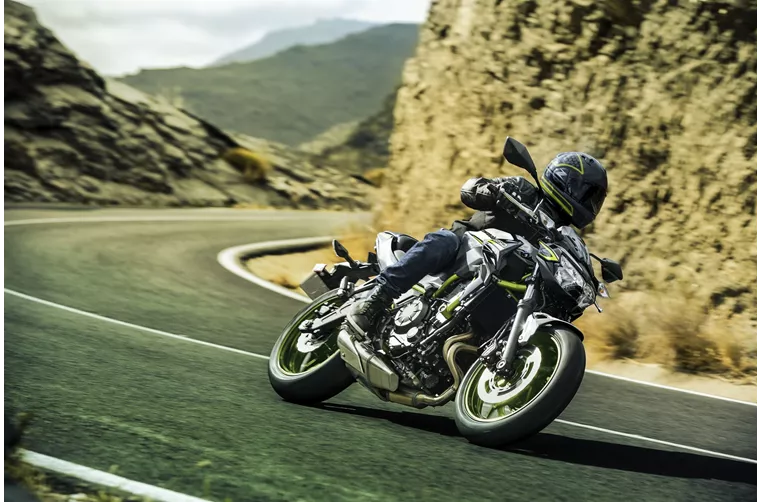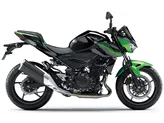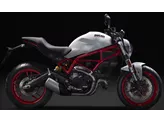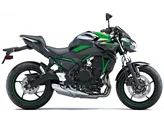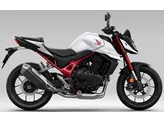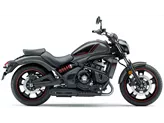Kawasaki ER-6n 2013 vs. Kawasaki Z650 2021

Kawasaki ER-6n 2013
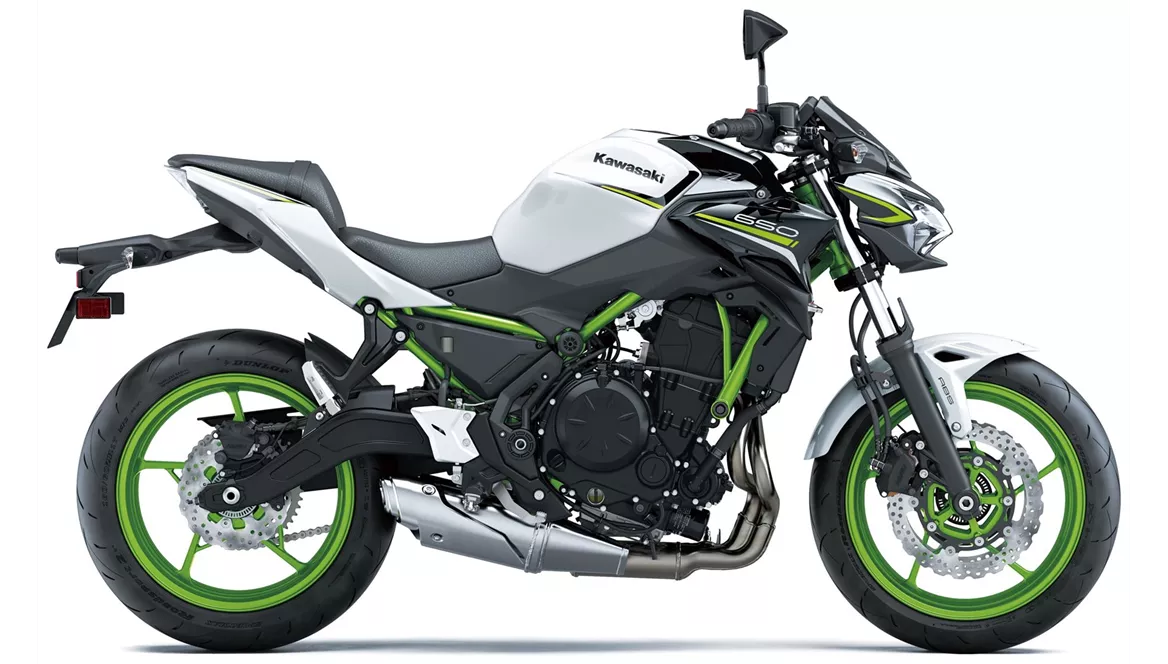
Kawasaki Z650 2021
Pregled - Kawasaki ER-6n 2013 vs Kawasaki Z650 2021
The Kawasaki ER-6n 2013 and the Kawasaki Z650 2021 are both naked bikes with similar technical specifications. They both have an inline engine with a displacement of 649cc and liquid cooling. They also have the same number of cylinders and a monoshock rear suspension.
In terms of engine power, the ER-6n 2013 has a slightly higher output with 72 HP compared to the Z650 2021's 68.2 HP. However, the Z650 2021 has a slightly higher torque of 65.7 Nm compared to the ER-6n 2013's 64 Nm. This means that the Z650 2021 may offer better low-end power and acceleration.
Both bikes have a steel frame, but the ER-6n 2013 has a perimeter frame while the Z650 2021 has a tubular frame. The choice of frame design may affect the overall rigidity and handling characteristics of the bike, but without further information, it is difficult to determine the exact differences.

Kawasaki ER-6n 2013
In terms of braking, both bikes have double disc brakes with double piston calipers and petal technology. However, the ER-6n 2013 is noted to have weak brakes, suggesting that the Z650 2021 may offer better braking performance.
In terms of dimensions and weights, both bikes have the same front and rear tire widths and diameters. They also have the same wheelbase length. However, the Z650 2021 has a lower seat height of 790 mm compared to the ER-6n 2013's 805 mm. This may make the Z650 2021 more accessible for shorter riders or those who prefer a lower seating position.
The Z650 2021 is also lighter with a kerb weight of 185 kg compared to the ER-6n 2013's 204 kg. This may contribute to better maneuverability and agility for the Z650 2021.
In terms of fuel tank capacity, the ER-6n 2013 has a slightly larger capacity of 16 liters compared to the Z650 2021's 15 liters.
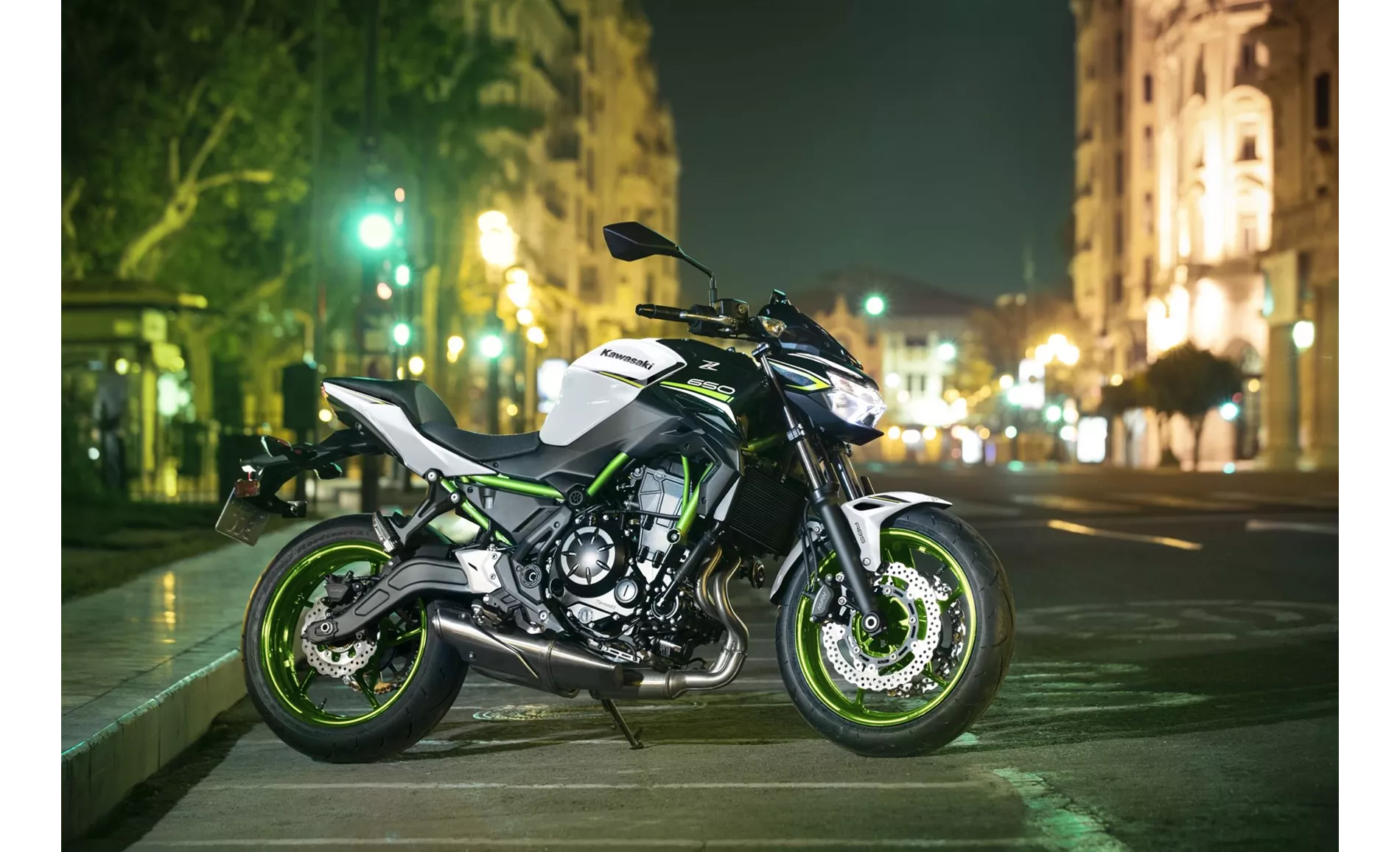
Kawasaki Z650 2021
In terms of strengths, the ER-6n 2013 is praised for its solid handling and high-quality level. On the other hand, the Z650 2021 is noted for its accessible two-cylinder engine, compact dimensions, low seat height, stable chassis, TFT display with connectivity, and grown-up look.
In terms of weaknesses, the ER-6n 2013 is criticized for its weak brakes. The Z650 2021, on the other hand, may be uncomfortable for tall riders and may offer a lower adrenaline level in the saddle compared to its competition.
Overall, both bikes have their own strengths and weaknesses. The choice between the Kawasaki ER-6n 2013 and the Kawasaki Z650 2021 would depend on the rider's preferences and priorities, such as power, handling, seating position, and overall riding experience.
Tehnične specifikacije Kawasaki ER-6n 2013 v primerjavi z Kawasaki Z650 2021
Primerjava prednosti in slabosti
Primerjava prednosti in slabosti
Kawasaki ER-6n 2013

Motor je zmogljiv in zelo zabaven, poleg tega ER blesti z japonsko natančnostjo in borno ceno.
Kawasaki Z650 2021
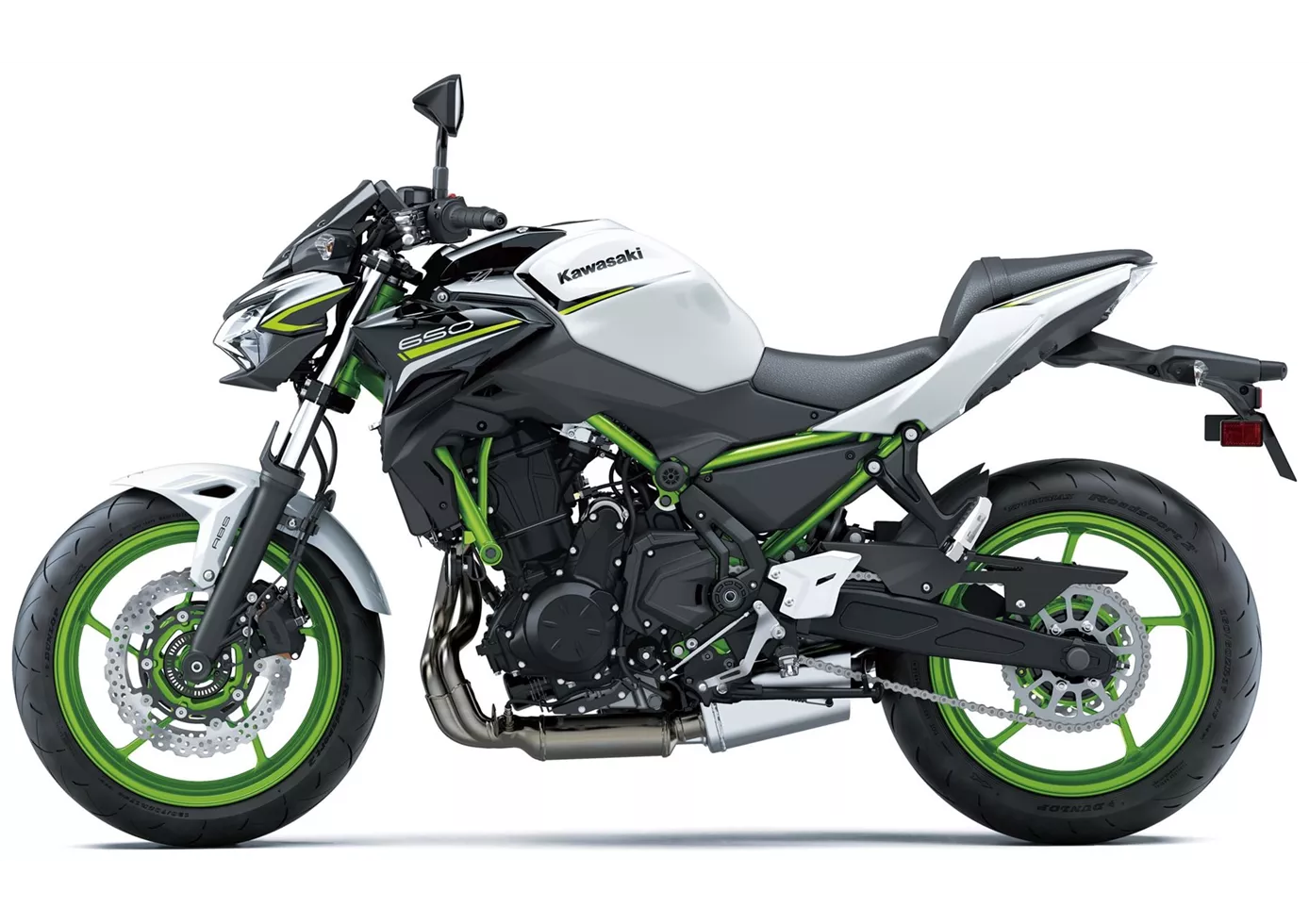
Kawasaki Z 650 tudi v letu 2021 pomeni enostavno vožnjo z odličnim videzom in dobro opremo. Tako višina sedeža kot tudi motor sta zelo dostopna in bosta v veselje tako izkušenim voznikom kot tudi novincem. Če iščete pošteno golo motorno kolo brez velikih presenečenj, je to motorno kolo za vas. Zaradi njegovih kompaktnih dimenzij pa ga morate pred nakupom preizkusiti in se morda odločiti za dvignjen sedež.
Primerjava povprečnih tržnih cen Kawasaki ER-6n vs Kawasaki Z650
There are a few key differences between a Kawasaki ER-6n 2013 and a Kawasaki Z650 2021. It takes less time to sell a Kawasaki ER-6n with 42 days compared to 106 days for a Kawasaki Z650. Since model year 2006 1000PS.de editors have written 16 reviews for the Kawasaki ER-6n and 31 reviews for the Kawasaki Z650 since model year 2017. The first review for the Kawasaki ER-6n was published on 6/29/2005 and now has more than 11,200 views. This compares to more than 25,000 views for the first review on Kawasaki Z650 published on 11/8/2016.

